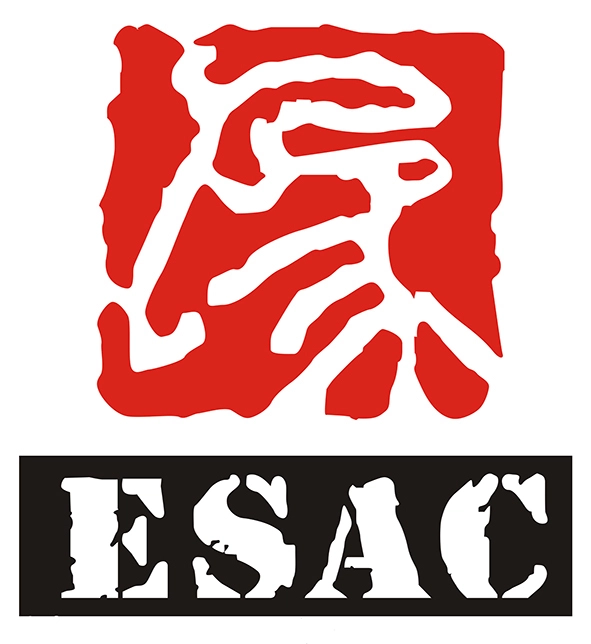5,000+ Entertainment Design Cases, 20+ years Amusement Industry Experience - ESAC Design Sales@esacart.com+086-18024817006
How To Design The Ultimate Indoor Playground For Children
Designing the ultimate indoor playground for children requires careful planning and creativity. Indoor playgrounds are not only a place for kids to have fun and play but also a great way to promote physical activity, social interaction, and cognitive development. In this article, we will explore how to design an indoor playground that will provide a safe, stimulating, and exciting environment for children to enjoy.
Creating a Safe and Secure Environment
Safety should be the top priority when designing an indoor playground for children. Start by choosing high-quality, durable materials that can withstand the wear and tear of active play. Ensure that all equipment and structures meet safety standards and are regularly inspected for any potential hazards. Soft, cushioned flooring is essential to prevent injuries from falls. Consider incorporating safety features such as padded walls, safety nets, and rounded edges to minimize the risk of accidents. It's also important to establish clear rules and guidelines for both children and parents to follow while in the playground to ensure a safe and secure environment for everyone.
Choosing Age-Appropriate Play Equipment
When designing an indoor playground, it's important to consider the age range of the children who will be using the space. Different age groups have different needs and abilities, so it's crucial to provide a variety of play equipment that is suitable for children of all ages. For younger children, focus on sensory play, interactive toys, and low-level climbing structures. Older children will benefit from more challenging activities such as climbing walls, slides, and obstacle courses. Make sure to designate separate areas for different age groups to prevent accidents and ensure that children can play safely without getting in each other's way.
Creating a Stimulating and Engaging Environment
An indoor playground should be more than just a space filled with play equipment. It should provide a stimulating and engaging environment that encourages imaginative play and exploration. Consider incorporating themed play areas that inspire children's creativity and spark their imagination. Add elements such as interactive sensory walls, playhouses, and pretend play areas to enhance the play experience. Incorporate bright colors, patterns, and textures to create a visually appealing space that is attractive to children. Don't forget to include seating areas for parents to relax and supervise their children while they play.
Encouraging Physical Activity and Exercise
Physical activity is essential for children's health and well-being, so it's important to design an indoor playground that encourages movement and exercise. Incorporate a variety of interactive play equipment that promotes gross motor skills, coordination, balance, and strength. Include climbing structures, slides, tunnels, and balance beams to provide opportunities for active play. Consider adding a soft play area for younger children to crawl, roll, and jump around safely. Encourage children to engage in games and activities that promote physical fitness, such as relay races, obstacle courses, and dance parties. By creating a space that prioritizes physical activity, you can help children develop healthy habits from a young age.
Promoting Social Interaction and Cognitive Development
Indoor playgrounds are not just a place for physical play – they also provide valuable opportunities for social interaction and cognitive development. Design the playground in a way that encourages children to interact with each other, collaborate, and communicate. Include group play activities such as sandbox play, arts and crafts stations, and group games to promote teamwork and social skills. Create quiet areas where children can engage in calm, focused activities like reading, drawing, or puzzles to promote cognitive development. Incorporate elements of nature, such as planters, water features, and natural materials, to create a sensory-rich environment that stimulates curiosity and exploration. By providing opportunities for social interaction and cognitive development, you can help children learn valuable skills that will benefit them both in and out of the playground.
In conclusion, designing the ultimate indoor playground for children requires careful consideration of safety, age-appropriateness, engagement, physical activity, social interaction, and cognitive development. By creating a space that prioritizes these elements, you can ensure that children have a fun, stimulating, and enriching play experience. Whether you're designing a small play area in a daycare center or a large indoor playground in a shopping mall, the key is to create a space that is safe, engaging, and inclusive for children of all ages. With thoughtful planning, creativity, and attention to detail, you can design an indoor playground that will delight and inspire children for years to come.






